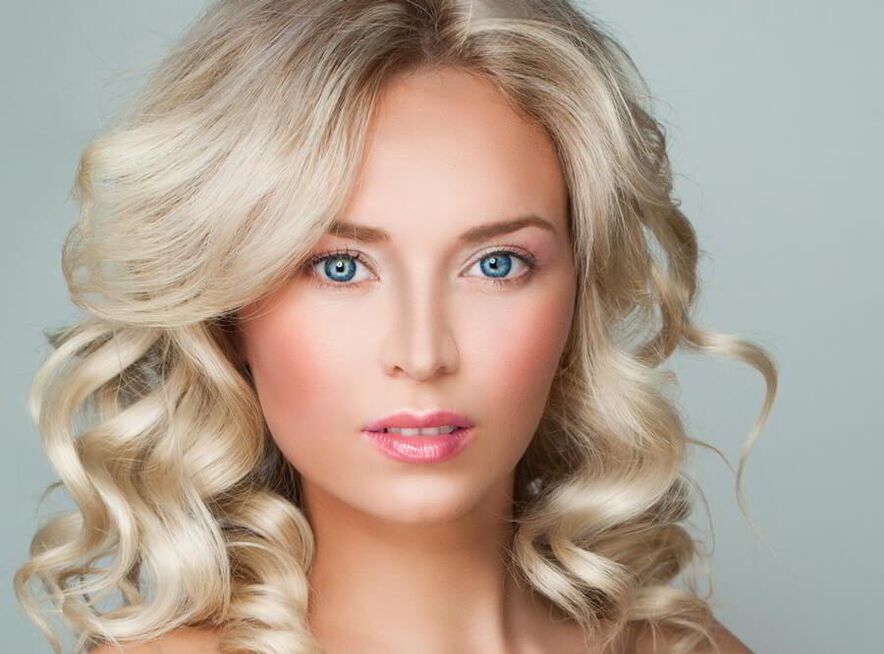The fractional laser will eliminate pigmentation, erase traces of post-acne and, most importantly, tighten and rejuvenate the skin. But this procedure requires responsible preparation and high-quality rehabilitation. Let's talk about the nuances of the mandatory program. And a cosmetologist helps us understand all the nuances of fractional skin rejuvenation.

Where to start preparing for fractional rejuvenation
First you need to eliminate the active inflammatory elements on the skin (if there are any, of course). For example, moderate or severe acne, i. e. pustular or nodular inflammation, should be reduced to a mild stage before the laser procedure. The presence of comedones in the form of blackheads or small lumps with white liquid inside is acceptable, but the skin around them should be in a calm state and not have a characteristic reddish-bluish tint.
You also need to pay attention to the tendency to swelling. If it is present in one way or another, hardware ultrasonic lymphatic drainage should be performed for preventive purposes in order to minimize its manifestations after laser therapy.
The local dynamic micromassage through the action of the device's waves causes pulsations in the skin structures at a cellular level. Lymphatic drainage helps to normalize local lymphatic outflow, helps to narrow dilated blood vessels and skin pores, has a beneficial effect on connective tissue cells, stimulates the production of collagen and compaction of its fibers.
If there is constant swelling of the face, when planning laser rejuvenation, it is good to undergo a full course of lymphatic drainage procedures: two sessions a week for a month and a half.
If there is only a slight tendency to swelling, one session will be sufficient, which can be carried out immediately before the laser treatment.
What procedures can be combined with fractional laser?
The lifting effect of the fractional laser will be more pronounced if you combine laser treatment with plasma therapy: intradermal injections of your own blood plasma containing beneficial microelements, peptides, hormones and vitamins. First, injections of your own plasma are performed and then, after seven days, laser resurfacing. By the way, thanks to the regenerating injections of autoplasma, rehabilitation after laser resurfacing is significantly reduced.
Rehabilitation after laser procedure
You can wash your face 48 hours after the laser procedure. The main side effects after exposure to a fractional laser are: mild burning (disappears in three hours); redness (may persist for the next four days). It is recommended to postpone the use of decorative cosmetics for four days.
Itching and active peeling will tell you that the renewal process has begun. At this time it is absolutely not possible to remove pieces of skin that seem unnecessary!
A week after the laser session, you should visit a cosmetologist: the doctor will see whether the rehabilitation is proceeding correctly and how the skin feels. Your doctor may also recommend contouring with hyaluronic acid preparations or botulinum toxin injections to correct wrinkles. These effects will make you even more attractive and fresh and will maintain the anti-aging effect obtained with laser resurfacing.
Phases of the fractional skin rejuvenation procedure
Preparation
In order for your skin to be ready for serious professional exposure, you need to do your homework conscientiously. We need beauty products from all categories: cleansing, hydrating, nourishing and restoring.
In anticipation of fractional exposure, it is important to use the usual means to avoid allergic reactions.
Rehabilitation
It is necessary to use a regenerating agent: the ideal is a regenerating cream or products containing a derivative of vitamin B5. Thanks to their light texture, they do not clog pores and provide the skin with the right hydration. During this period it is very important to clean the wounds carefully and prevent them from becoming infected. The use of thermal water is recommended.
Further care
Include beauty products with lactic and salicylic acid in your skin's diet. In addition, the formulas should include essential vitamins for the skin: A and C. It is necessary to use moisturizing and nourishing products. As for products with a sun protection factor, we recommend a cream with a light texture with SPF 30.






















